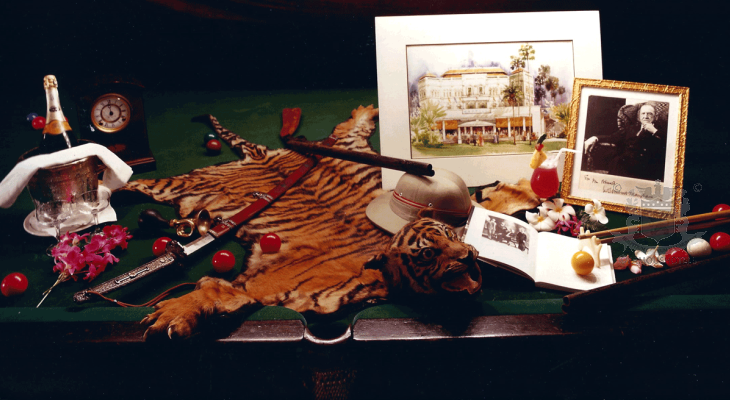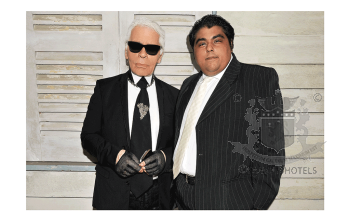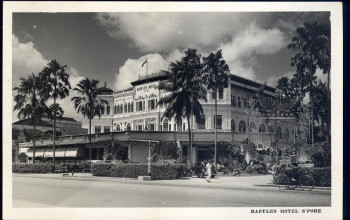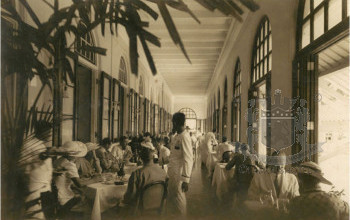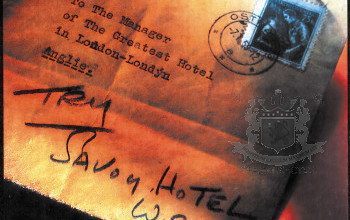Raffles - Singapore’s icon is demolished
( words)
Raffles - Singapore's icon is demolished
This news reached all editorial offices in the world. As a travel journalist, I was subscribed to such stories. So I got on the plane. The assignment was clear: one last report on the hotel legend of Southeast Asia. One last stroll through the Palm Court. Spend one more night in the Somerset Maugham Suite. Another gin sling at the Long Bar. A kiss goodbye, so to speak.
So when I arrived in Singapore that summer of 1986, the hotel was peppered with 100-year congratulations and birthday messages. Raffles looked like a Chinese fortune biscuit. Unbelievable, I thought to myself, now it's 100 years old and it's going to be demolished? When Somerset Maugham said, "Raffles stands for all the fables of the exotic East!"
"Well, to put it bluntly," the Italian hotel director Roberto Pregarz leaned closer to my ear, "we're not 100 years old until next year. I made up the 1986 thing because we desperately needed turnover. And the news that the hotel is being demolished is no coincidence. Look at the buildings in the area, none of them has less than ten floors. We are a dinosaur in a modern city. After all, the property is worth a fortune. Sooner or later they will put a skyscraper here. In Singapore, money rules. Our slogan "There is only one Raffles" doesn't interest anyone here à la Long."
It was love at first sight. I sat down on the spot and wrote my first book. RAFFLES. As if I had guessed, I gave the German book the supertitle "Die berühmtesten Hotels der Welt" - it would become The Most Famous Hotels in the World. It was not to be the last in this series.
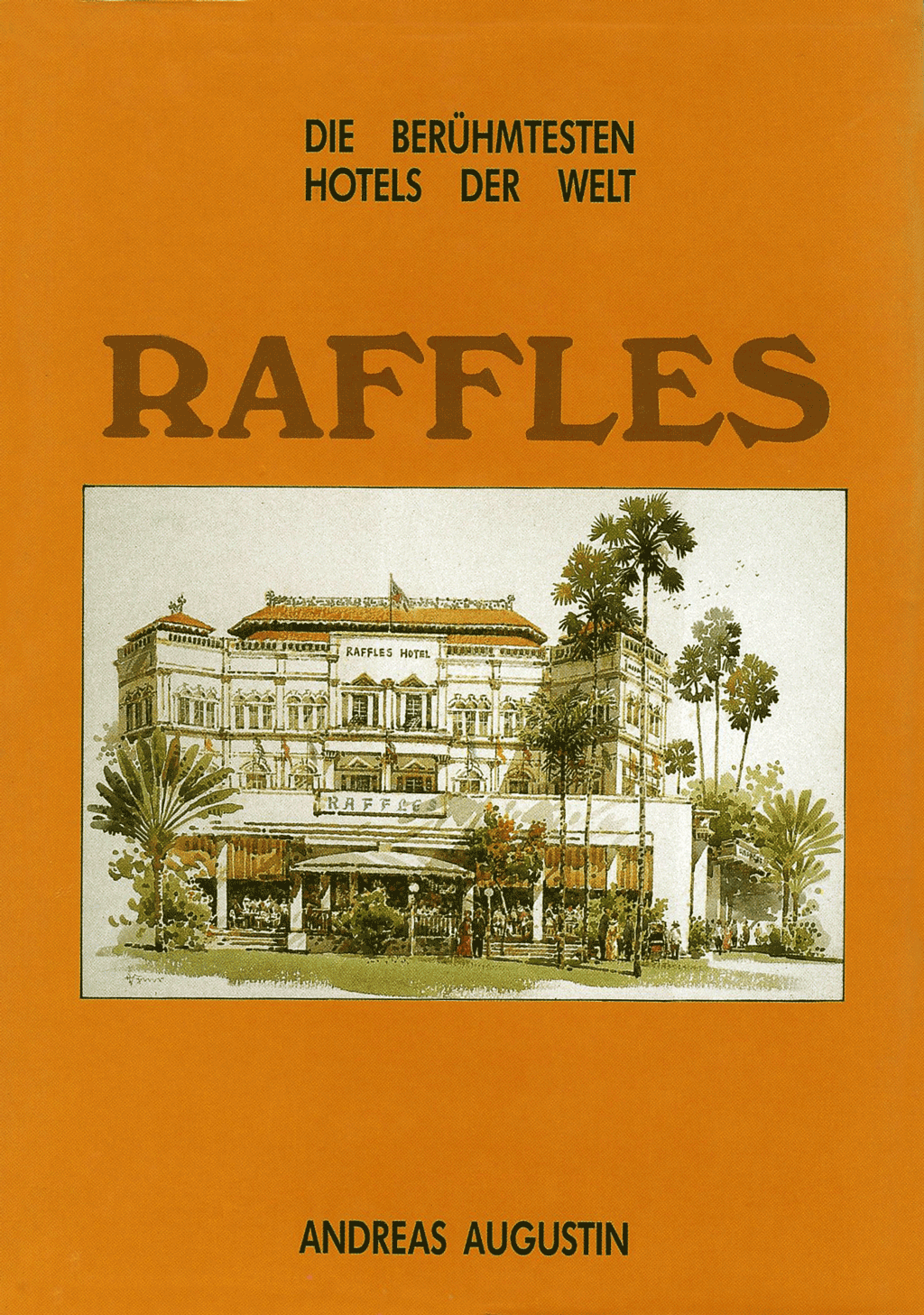
At this stage, I think I did a few things right. I quit my job as a correspondent. I asked my future wife, a historian, to join me in Singapore. And I focused on the history of historic hotels. From journalist to hotel historian. At the same time, we founded The Most Famous Hotels in the World. We brought all the historic hotels in the world under one umbrella. No one suspected that there would soon be over 400 of them.
I rented a room at Raffles and stayed. I had tasted blood. In the city's archives lay historical newspapers that wanted to be unearthed like a treasure. Documents, records that had not seen the light of day for over a century. In London, colonial archives were being dug into. Nota bene: Internet, email and mobile phones did not yet exist. SMS was a telegram, we sent documents by airmail.
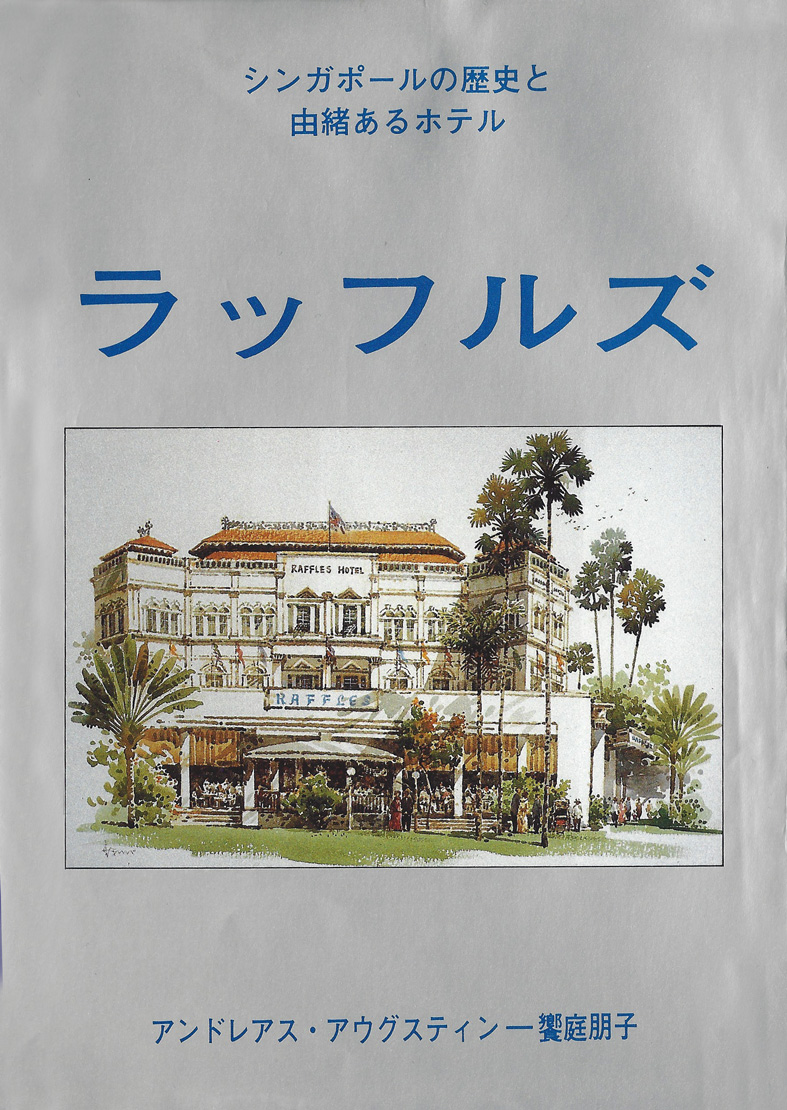
next step: the Japanese edition
The first way in the morning was to the reception. "We've got mail for you Mr. Augustin!" One day the first fax arrived. Wow, really? - Did someone really send it just seconds before on the other side of the world? The receptionist who handed me the envelope was called Leslie Danker. He is now, 38 years later, the resident historian of Raffles in Singapore.
When a researching journalist and an all-questioning historian (sometimes laborious - but always purposeful!) approach a hotel story, no stone is left unturned. That is, after all, the purpose and true motivation of The Most Famous Hotels in the World. To put an end to ridiculous legends. Let's have the truth. Because that's not bad either.
The legendary story "Tiger shot under the pool table!" was set straight, the Singapore Sling was put through its paces ("Honestly, Mr. Director - what kind of story did you tell us?"), but the exact building history of the hotel remained in the dark.
Then, one day, I achieved a feat. Coincidence, persistence, who knows? In an archive of the Singapore Building Authority, I discovered a dusty box. The contents: a set of microfilms. When I held them up to the light and looked at them with a magnifying glass, I couldn't believe my eyes. These were the lost, long thought to be lost, original building plans of Raffles Hotel.
Imagine the excitement. The hotel's manager almost snapped with joy. The Straits Times, Singapore's largest daily newspaper, devoted a major article to the find. A new book, the first in English, THE RAFFLES TREASURY, was immediately published with these blueprints.
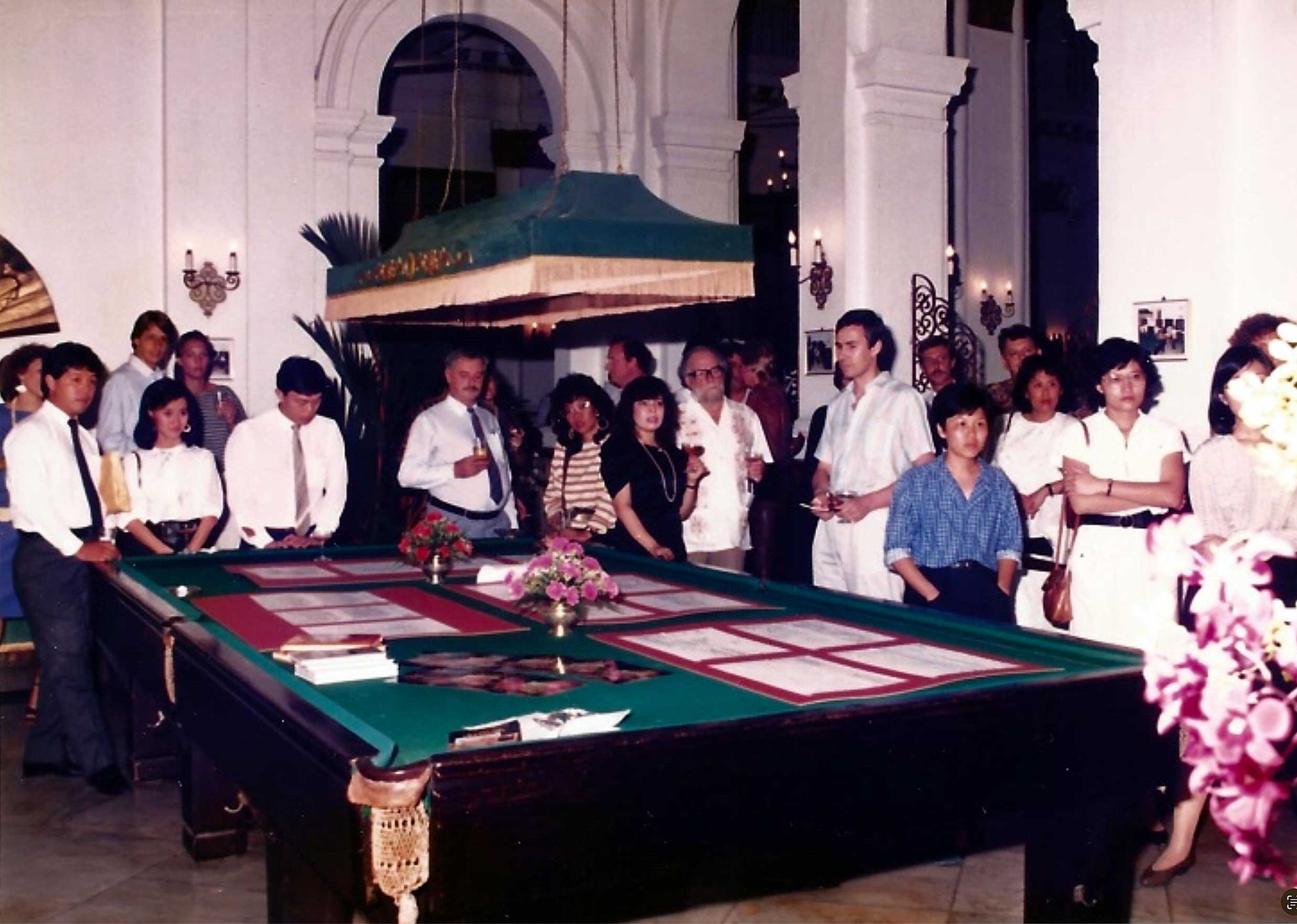 The book launch was a minor sensation. Half of Singapore crowded around the big billiard table where the hotel manager proudly presented the plans, affixed to red cardboard boxes. I had my first bestseller.
The book launch was a minor sensation. Half of Singapore crowded around the big billiard table where the hotel manager proudly presented the plans, affixed to red cardboard boxes. I had my first bestseller.
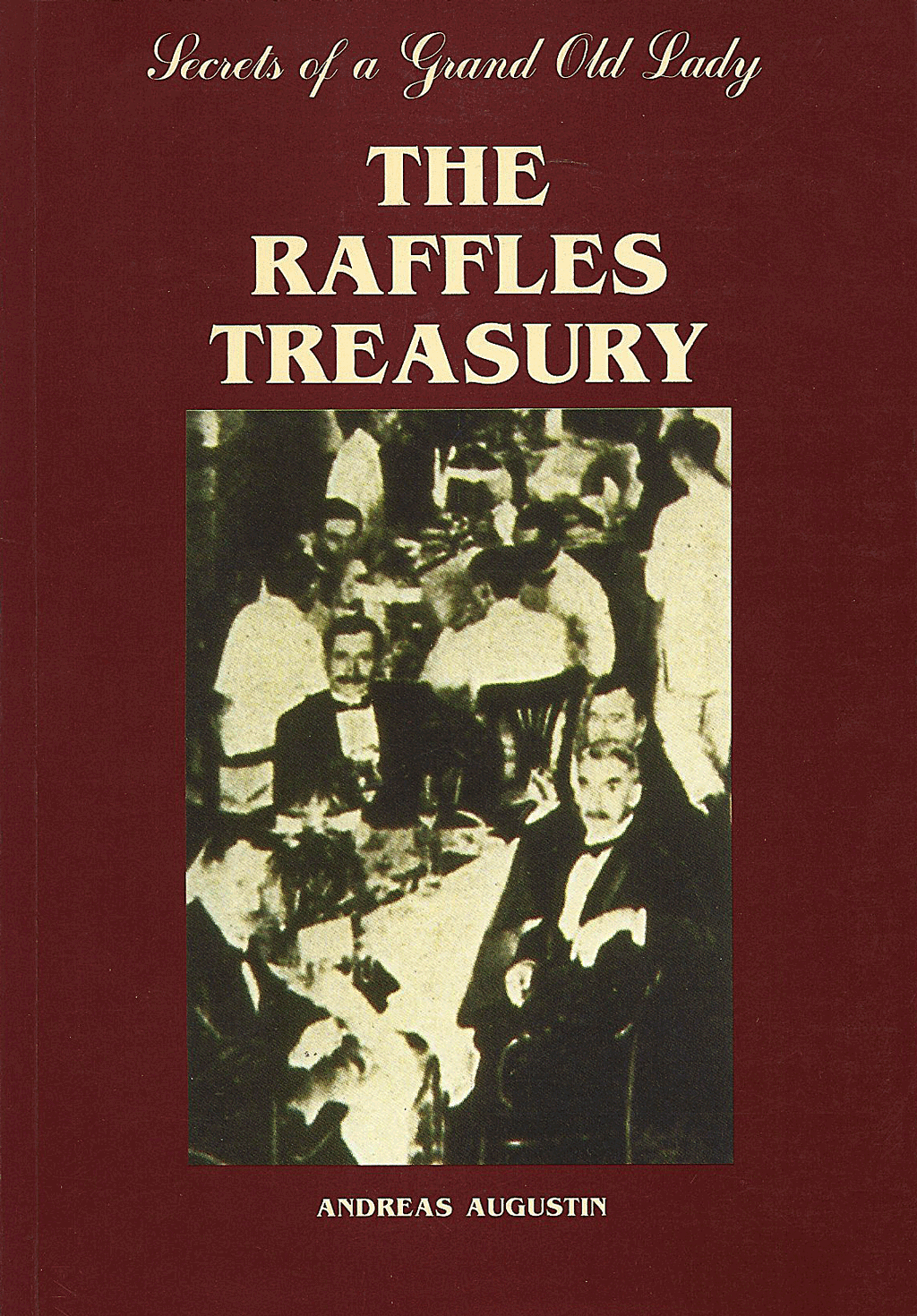
The most important thing, however, was that official Singapore also reacted. Now it was documented exactly how the hotel was built. It took only months and Raffles Hotel became a listed building. This is in line with our heritage protection.
Now there was no question whether the hotel would ever be demolished. If it was, then it could only be restored and renovated in detail. And that was what they were going to do. On 15 March 1989, at the stroke of midnight, the hotel closed its doors for over two years. Sentimentally, but definitely looking to the future with confidence, I left the next morning with my suitcase from my beloved little flat in the hotel, which in the meantime had expanded to include a study and a kitchen. My wife was pregnant and we were taking a "baby break".
Subsequently, the hotel was lovingly renovated in its historical substance and became a modern luxury hotel. The entire block around it was integrated, a shopping centre and completely new areas were added à la Raffles, true to style. Soon, Singapore could once again proudly trumpet the old slogan: There is only one Raffles.
But wait: "only one?" That's not quite true any more. Under the management of the American Richard Helfer, Raffles became a brand and hotel group. Today, several hotels bear the name of the founder of Singapore, Sir Thomas Stamford Bingley Raffels. Incidentally, he had never seen the hotel of his name. He died 60 years earlier. Since 2016, the Raffles Group has been part of the French, listed hotel group Accor.
________
The next time we discover a piece of Chesa Grischuna from Klosters in a British crown colony. Swiss Urs Aeby takes us to Hong Kong. The Peninsula welcomes us with open arms. We meet the "Boy" who 60 years earlier presented flowers at the opening. And two Armenian British lords of whom they say
"They arrived on camels and left by Rolls Royce".

